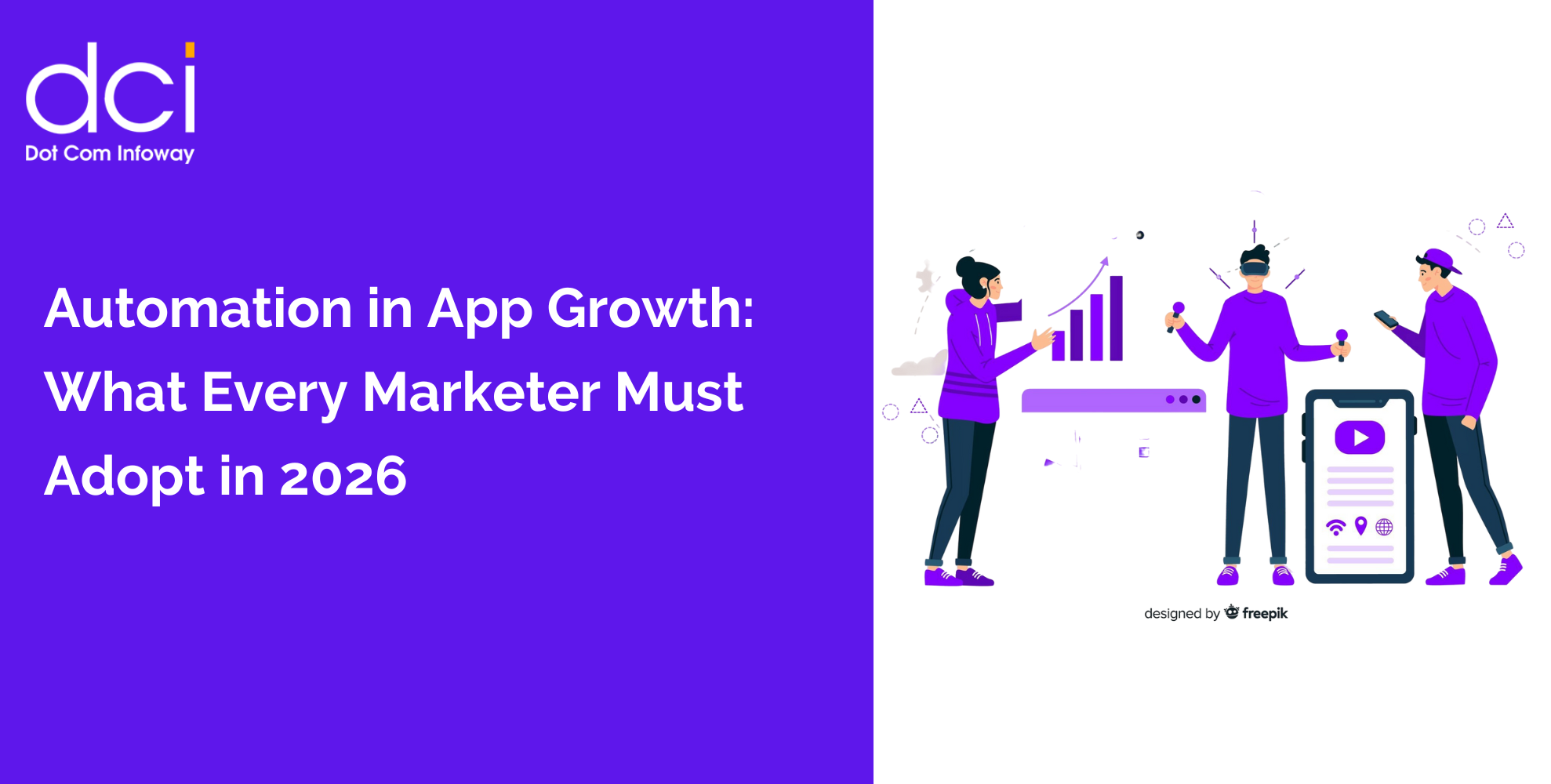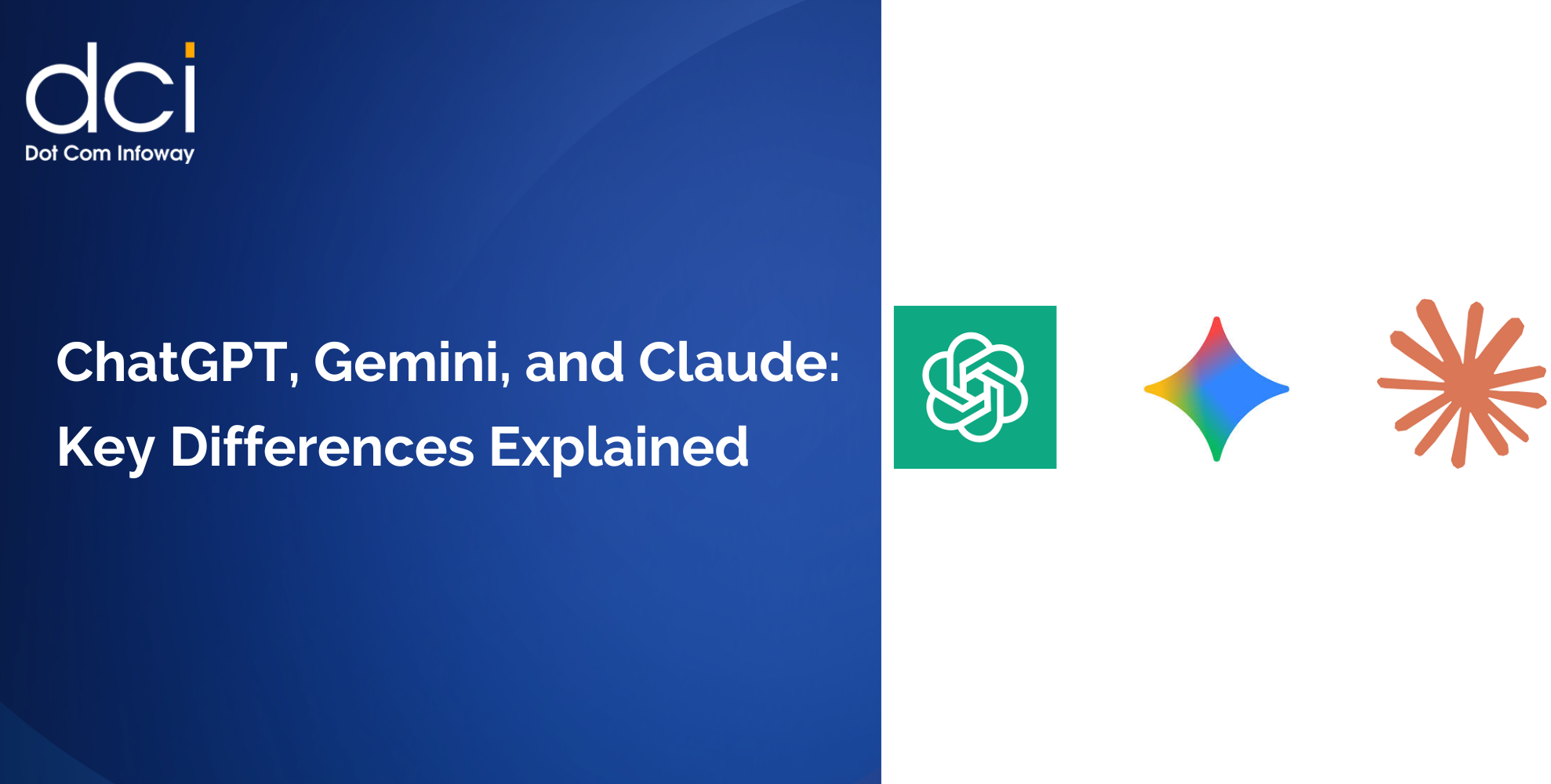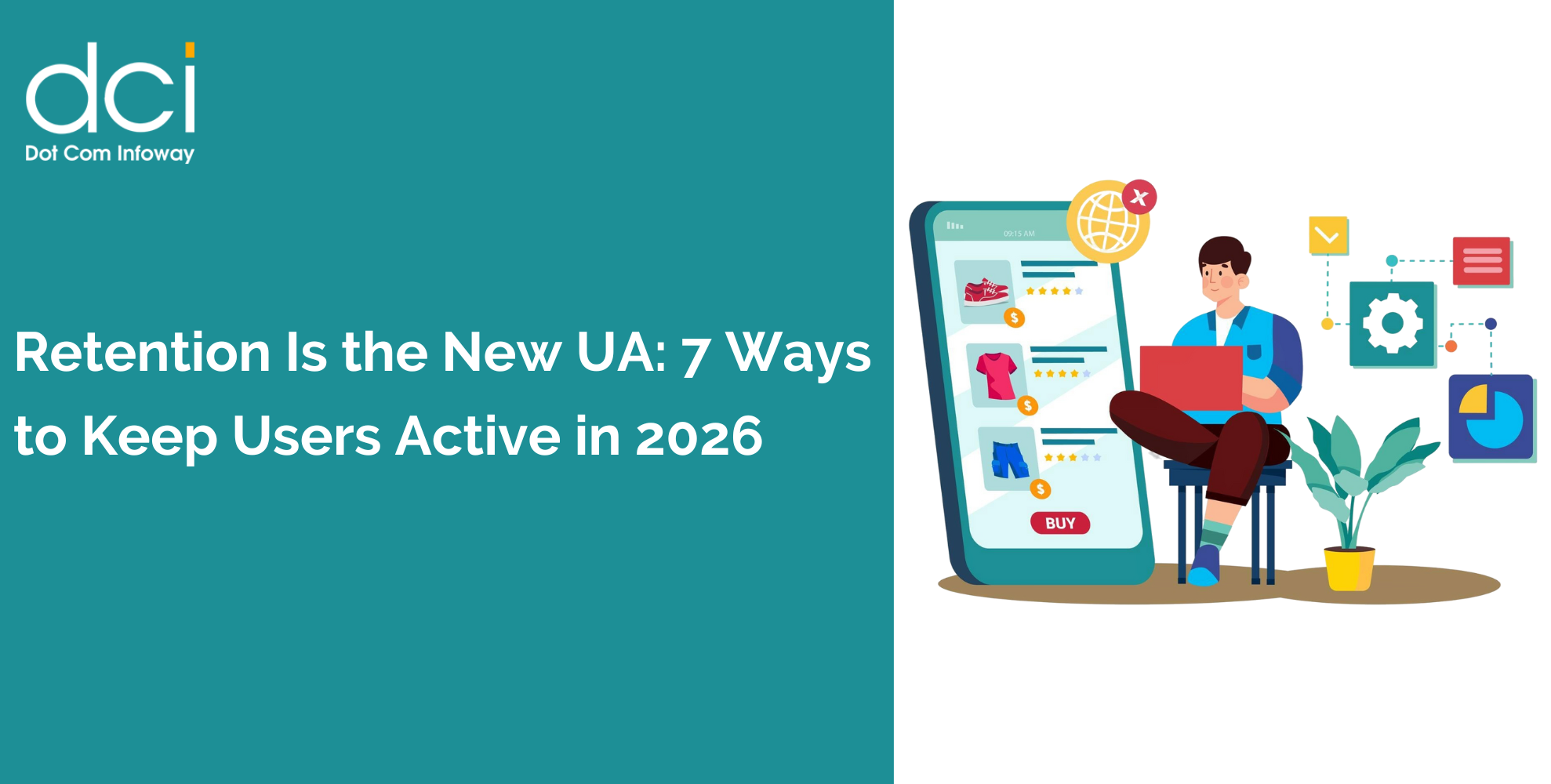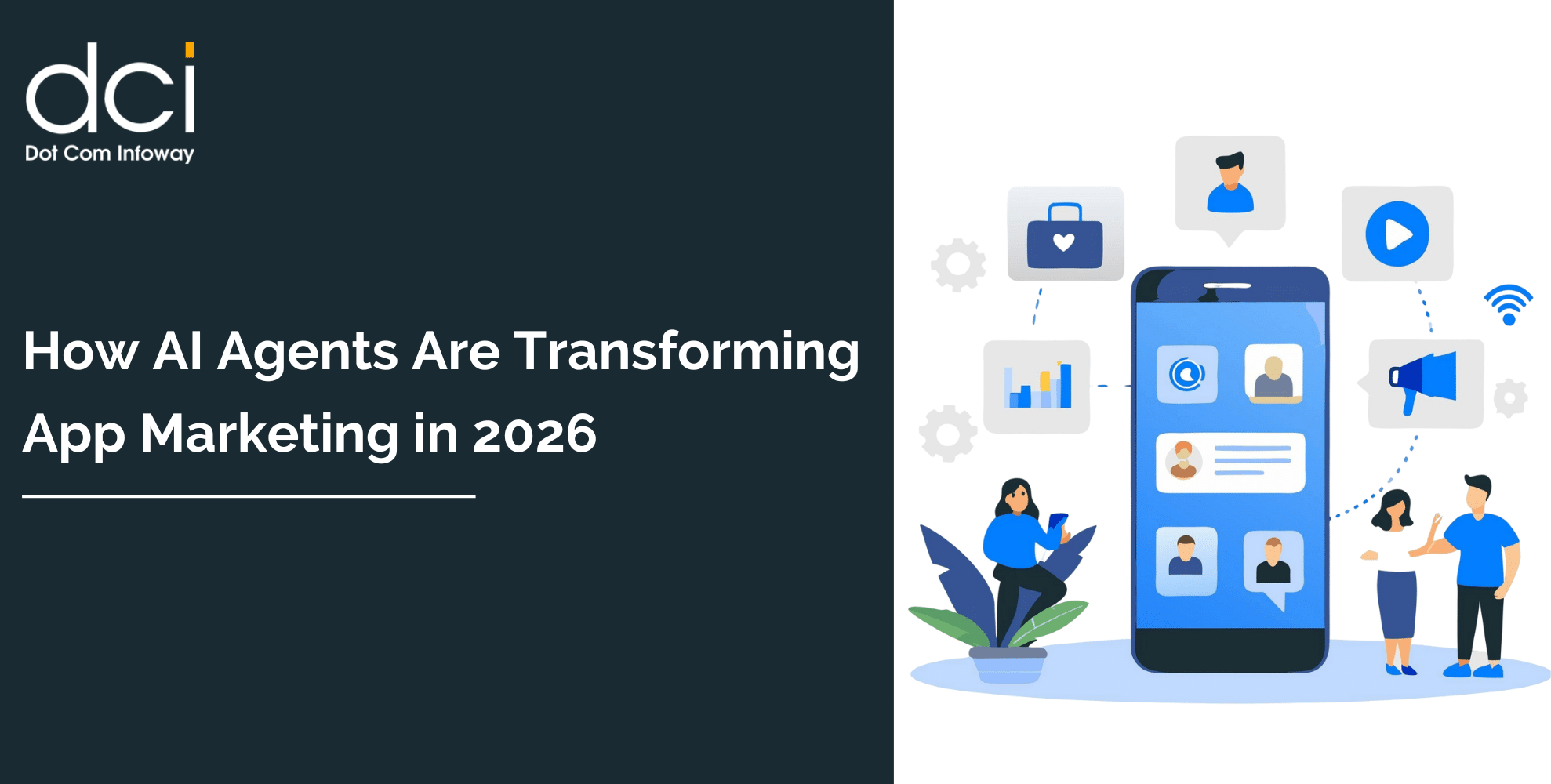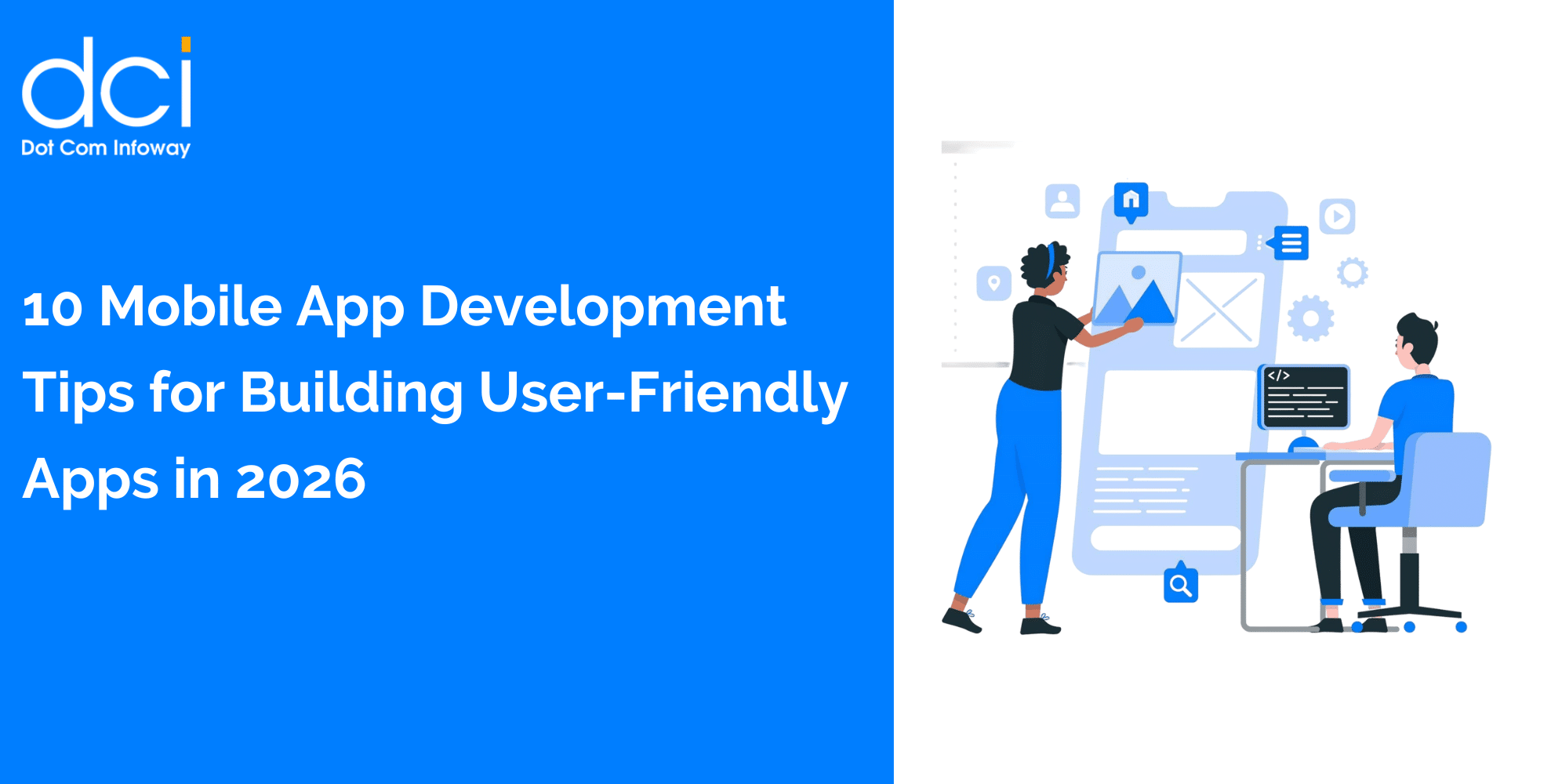It’s safe to say that your app onboarding strategy can make or break your app promotion campaign from the get-go. How well you implement your sign-up placement and the onboarding screen has an immense impact on the registration percentage in mobile apps. That alone should provide you with all the motivation to be more fastidious when planning your onboarding process.
A Guide to Effective App CRO Practices in 2021 to Skyrocket Your Conversions
8 mins read
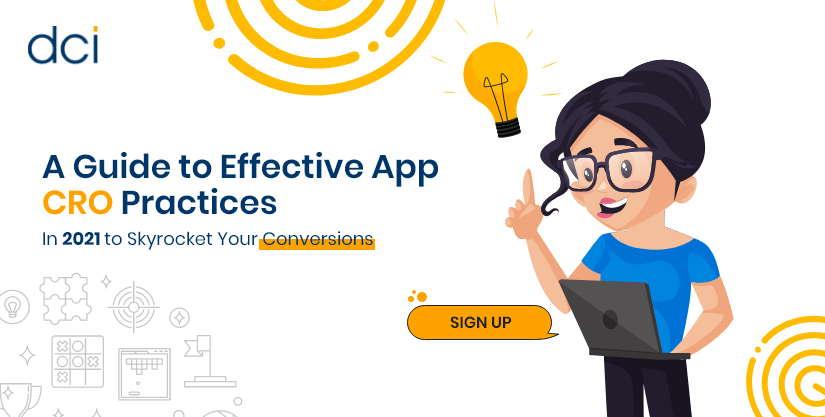
Why the Sign-Up Placement Is Important?
How exactly does the sign-up process exert such an influence on a factor as vital as this? Well, most of it stems from the need to maintain a seamless app onboarding process. In more ways than one, it leads to greater familiarity for the user, laying the foundation of your relationship with them.
Having a well-thought-out sign-up placement readily gives the impression that your app is 100% relevant to and concerned about its users. Having high abandonment rates is a tell-tale sign that your users may not be getting what they need. Of course, the opposite applies if your sign-up process caters to them.
No less than loyal users that eagerly come back for more content and fresh experiences serve as one of the main advantages once you prioritize optimizing registration. It opens plenty of opportunities to engage with them and even encourages them to become paying users in the process. In the end, it’s no different from introducing your business to customers.
How Registration Typically Works in Apps?
In most apps, you’re probably already aware that different sign-up methods are available. Most of the time, email sign-ups function as the main gateway to accessing primary features. Others take advantage of social media logins to decrease the time it takes to register and offer a sense of familiarity.
Of course, its benefits don’t limit themselves to that — certain apps also use this opportunity to provide a more personalized experience for the user based on the social data they gather.
Integrally tied to the sign-up process is the majority of an app’s onboarding strategy. For example, to further help users familiarize themselves with the app’s functionalities, apps add dedicated onboarding carousel screens and on-screen instructions. They do this as the user progresses in trying out the app’s primary features.
Sign-Up Placement Facts and Figures for Various Types of Apps
Now that you are aware of just how great an impact the registration process has on sign-up ratios, we’re now going to back up our information with actual statistics that illustrate it.
For this purpose, we have opted to show separate facts and figures for different app types, particularly those belonging to popular categories. Most of these are based on the first-hand historical data of our client apps. We have analyzed no more than 50 apps in each category that we listed below and came up with the following interesting data and a few recommendations.
1. Service and Shopping-Related Apps
Our findings established that having onboarding sign-up will increase the sign-up ratio between 50 to 70%. This is a significant improvement from the standard practice of requiring them to sign-up before doing any sort of app onboarding method (i.e. directing them right away into the app’s main interface or home page). Sign-up ratios for such practices only amount between 28 to 35%.
Another notable scenario involves prompting sign-up once the primary goal (e.g. checkout or purchase) has been achieved. For such cases, the sign-up ratio is rather low, only ranging between 15 to 20%. Interestingly, the install to the first action (i.e. the first activity done by users after installation) sign-up ratio in such a scenario highly varies in every app. Others show an increase of as much as 70%, while others only linger between 28 to 40%.
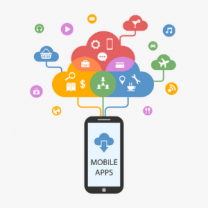
Need App Onboarding & Conversion Optimization For Your Mobile App?
We are an award-winning app marketing company. Consult with our experts & take your app UI and UX to a new level.
2. Dating Apps
For dating apps, the same marked differences are seen. Sign-up percentage before onboarding is done typically hovers between 30 to 55% only. Compared to sign-up after onboarding, which shows 70 to 78% successful sign-ups, it’s obvious that users want to be familiarized with the app’s features first.
3. Gaming Apps
This rings all the truer in gaming apps since users usually want to know how the gameplay works before they decide to start committing to it for the long term. Apps normally integrate a Guest Play option, which functions as a sort of demo.
The only difference, compared to past games, is that the users themselves would be able to have 100% control and perform the actions themselves. Even so, certain game apps still rely on the tried-and-tested value of demos. Both lead to one thing in the first place, which is letting gamers from the get-go whether the gameplay clicks with their tastes and preferences.
Our stats show that having Guest Play in game apps can boost the sign-up percentage by as much as 75 to 90%. This isn’t at all surprising since once users discover that a game is enjoyable, there’s practically nothing holding them back from pressing the Sign-Up button anymore. The thirst for more enjoyment and gratification only builds up from there.
Compare this to forcing sign-ups without including Guest Play, which typically leads to only 13 to 17% of registrations, it’s obvious what routes game developers should be taking more.
Users Want to Have a Sense of An App’s UI Before Opting to Sign Up
That’s basically the gist of the information we have shared here and the main finding of our research into app data available to us. This only proves the importance of following recommended onboarding practices, which is rooted in educating each visitor about your app’s basic functionalities and advantages.
In a way, it also underlines the innate connection between introducing your app and letting users to engage and register to it. It proves that the simple act of opting to register is already a huge show of trust, which paves the way to establishing a solid relationship with your audience.
Conclusion
With the facts laid above, we hope that you now see the sheer importance of a seemingly overlooked area of app onboarding. Your app may have all the eye-catching bells and whistles but without a proper introduction, your visitor might head for the door before even getting to the juicy parts. Even seemingly slight changes in how you conduct onboarding may turn the corner for your app, and the stats will begin to show it soon enough.
Latest Posts
Get the latest insights from Dot Com Infoway straight to your inbox.



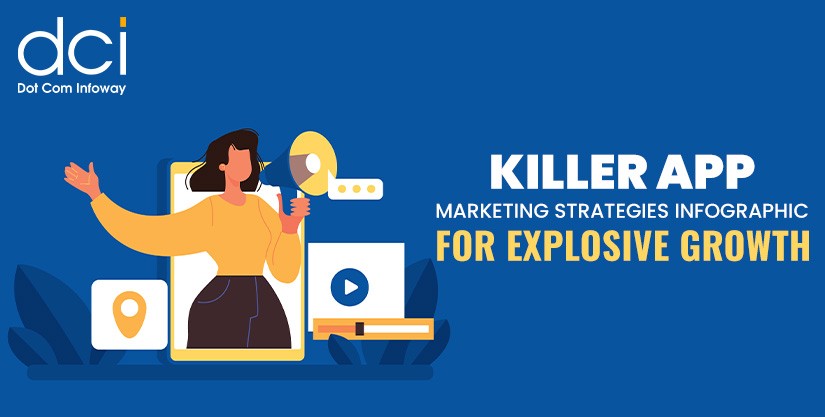

![The Game Marketing Guide: Pre and Post-Launch Strategies [Infographic]](https://www.dotcominfoway.com/wp-content/uploads/2023/09/DCI-Game-Marketing-blog-1.jpg)

